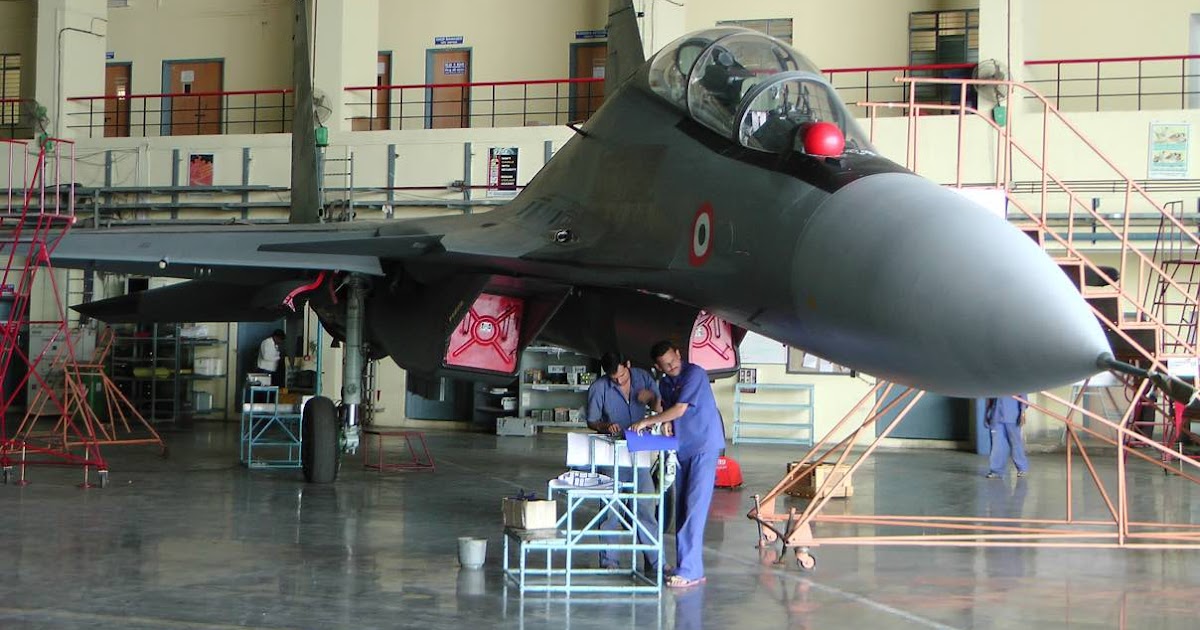
India’s nuclear launch posture entails land-based nuclear weapons to be delivered ONLY by ballistic missiles, NOT cruise missiles
By Vikas Gupta
Defence News of India, 15 Mar 22
The accidental launch last Wednesday (March 9) of a BrahMos supersonic cruise missile from India into Pakistani territory turned into a diplomatic mess between New Delhi and Islamabad, despite the Indian government taking responsibility for the launch. ‘incident.
On March 11, an official statement from New Delhi admitted that “during routine maintenance, a technical malfunction led to the accidental firing of a missile”.
“India has taken a serious stance and ordered a high level court of inquiry (inquiry),” New Delhi said.
Admitting the missile landed in Pakistan, New Delhi said: “While the incident is deeply regrettable, it is also a relief that there was no loss of life as a result of the accident.”
A day earlier, Islamabad had summoned the Indian Chargé d’Affaires (Cd’A) to Islamabad and protested “the unprovoked violation of its airspace by a supersonic flying object of Indian origin which entered Pakistan from Suratgarh, in India at 6:43 p.m. (6:43 a.m. Pakistan time) the previous day (i.e. March 9).
Pakistan said the missile “fell to the ground near Mian Chunnu town in Pakistan around 6:50 p.m. on the same day, causing damage to civilian property.”
The Indian CdA was informed that the flying object damaged civilian property, endangered life on the ground and endangered domestic/international flights in Pakistani airspace.
Islamabad was quick to launch a propaganda offensive against New Delhi. On March 12, a Pakistani statement criticized “Indian security protocols and technical safeguards against accidental or unauthorized launch of missiles in a nuclearized environment”.
He demanded that India explain its procedures to prevent accidental missile launches and the particular circumstances of this incident. By then it was well known that a BrahMos missile had gone out of control, but Islamabad demanded details from India.
Addressing Indian launch experts, Pakistan asked, “Are Indian missiles still ready to launch even under routine maintenance?
Responding to frequent international criticism that Pakistan’s missiles were at risk of falling into the hands of terrorists, Islamabad replied: “Given the deep level of incompetence, India must explain whether the missile was indeed handled by its armed forces or by rogue elements?
Rejecting India’s proposal for an internal court of inquiry, Islamabad demanded a joint investigation to accurately establish the facts.
New Delhi issued summary clarifications and elaborations, but failed to highlight several important facts.
First, since the missile that was fired had been identified from the outset as a BrahMos cruise missile, there was no misunderstanding on the part of Pakistan that India had launched a strategic nuclear weapon.
It is a tenet of India’s nuclear launch posture that strategic weapons – commonly known as “nukes”, or nuclear-tipped missiles – are invariably delivered via ballistic missiles, never via cruise missiles. There was therefore little chance that a cruise missile, fired from Sirsa or elsewhere, would push Pakistan into triggering a nuclear exchange.
Given that the cruise missile had been launched near Sirsa, it would almost certainly have been identified by the Pakistan Air Defense Network as a BrahMos Air-Launched Cruise Missile (ALCM). Indeed, Sirsa is home to a major air base, but no BrahMos army units, which are limited to the strike corps.
Third, violation of Indian launch protocols is not a matter of serious concern during an accidental launch of BrahMos ALCM. Unlike the launch of a nuclear-tipped strategic ballistic missile, where a two-person launch protocol is mandatory, this is not the case in the case of a BrahMos ALCM launched from a Sukhoi-30MKI fighter.
In the latter case, once the weapon is loaded and activated, there is no need for a two-person protocol to protect its launch. Since there is always the possibility of a pilot being in an accident and therefore unable to perform their role in initiating a launch sequence, a one-person firing protocol is considered sufficient. for an ALCM.
This still leaves the question unanswered: how was BrahMos’ ALCM fired? The “High Level Court of Inquiry” which has already been constituted will get the answer to this.






